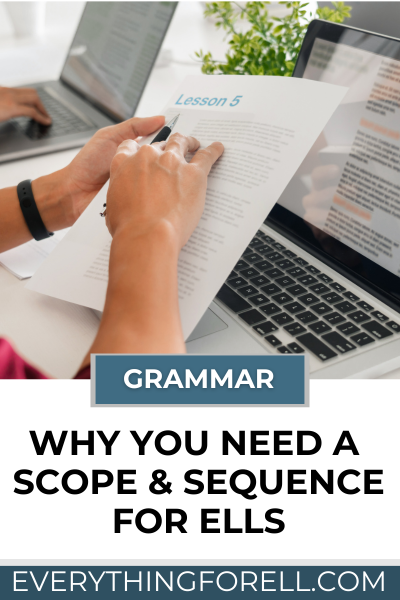How often do you leave a district-mandated professional development and think to yourself, “Man, I can’t wait to get back in the classroom and implement all those amazing strategies!” Not so often, right?
So let me share with you something that my team learned this fall that we thought was so simple to implement and yet highly effective for our English language learners: drop-in reading!
Where Did Drop-In Reading Come From?
I first heard this term being used by Nancy Motley, author of, “Small Moves, Big Gains.” While she did not coin this term herself, she demonstrated this simple technique in a PD that she gave to our district. To be clear, this is not, “Drop Everything and Read,” which is a completely different program.
So What Is Drop-In Reading?
Drop-in reading is when the teacher highlights, underlines, or bolds words or phrases in a text. Students are then asked to drop in and read those words as the teacher reads the text to the class. Yes, it is that simple! The best part was that I was able to implement this strategy immediately upon returning to campus, and you can too. Not sure where to start? I started with my agenda and began to bold the action verbs in our objectives: define, identify, analyze, compare, support, create, and so on.
Our ESL or EB students often struggle with picking up on academic language, and I saw it as a simple way to begin to reinforce it, especially in content classes where students are mainstreamed with the general population.
What Are the Benefits of Drop-In Reading?
First, it increases engagement in the classroom which is a big part of what our administrators want to see. Asking students to drop-in to read a few words or phrases is a low-risk way for them to participate in a classroom task.
Secondly, in regards to learning English as a language, I love using it with our reading lessons that have a specific grammar focus. Drop-in reading not only allows students to reinforce vocabulary but also to strengthen their grammar. My students are currently learning the present perfect tense. How easy it is to take the reading passage from that unit, bold all the irregular past participle verbs, and ask students to drop in and read those verbs specifically. As a teacher, the bonus is that I get to check students’ pronunciations.
Drop-in reading also builds reading fluency. Even though you are only asking students to read some words or phrases of a reading text, they still need to read the complete text to know when to drop in. They don’t realize it, but they are reading, and generally, they are reading actively. While they are listening to me read the text, they are also reinforcing phonetics and sight word knowledge.
And while I am talking about fluency, let’s highlight how this builds listening fluency as well. Since students must listen attentively to know when to drop in, they are building their listening fluency by increasing comprehension and processing knowledge in real-time. Win-win!
Finally, it creates a fun and collaborative learning environment. I don’t allow students to “sit out,” on the learning. When we drop-in read, everyone is following along and reading with me. Hearing a class of students read at just the right time feels so good too.
So where can you incorporate drop-in reading? Does it work for you to use at the beginning of your lesson in your agenda? Are you reading in class and can incorporate it into some of your reading passages for reading variety? Can you end your lesson with a short, summary text and have students drop in on important concepts?
Leave a comment and let me know your thoughts! I hope this easy-to-use strategy brings some added benefits to your classroom as it has with mine! Enjoy teaching!















